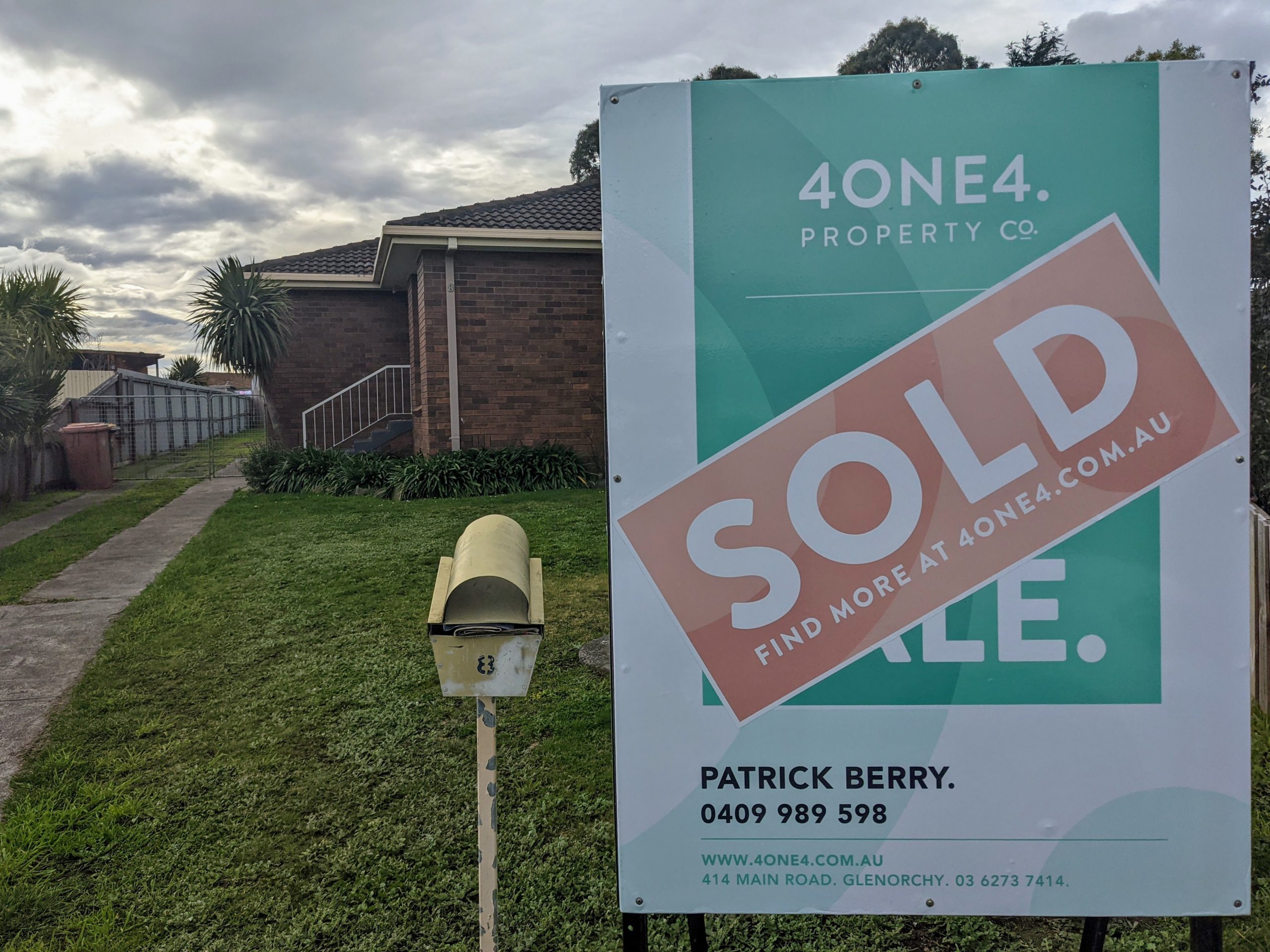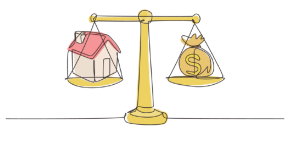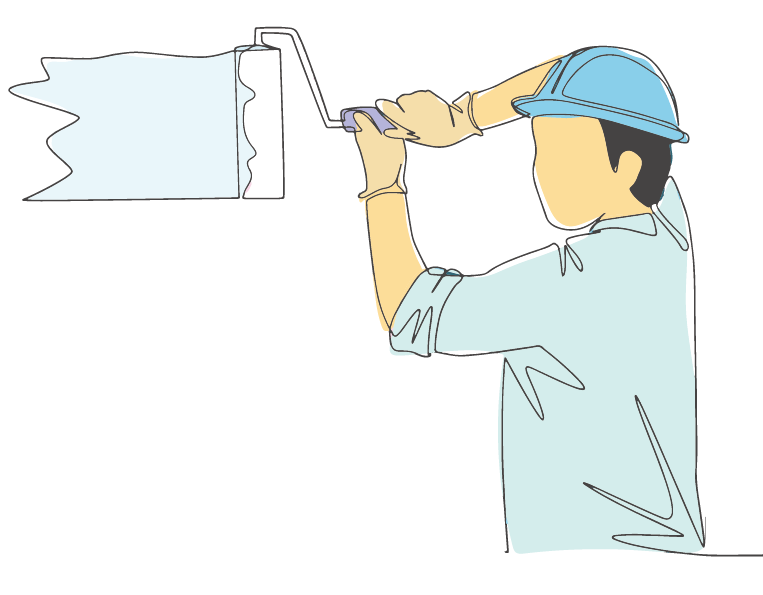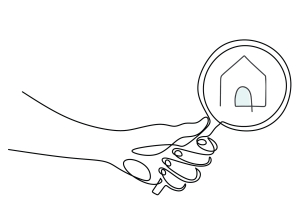Over the last two decades, housing and rental affordability decreased in most states and territories across Australia. According to the report from the Real Estate Institute of Australia (REIA), to date, Tasmania has the highest decline rate in terms of affordability with 12.7% in the housing sector and 9.0% in the rental side.
Even if family income increased by 110.0% in Tassie, average home loan repayments also increased by 254.6%–the highest among all the states and territories. Hence, from 18.4% in June 2001, the proportion of income required to meet loan repayments increased to 31.0% in June 2021.

John McGregor, a Real Estate Agent at 4one4 Property Co., potentially sees this due to the low response of Tassie in population growth. “As a state, we’re not prepared to finally see an increase in population which puts a lot more stress in the property market. Tasmania doesn’t have a good response to continuously making available properties. It puts more strain on the property market because there are not enough available properties to meet the demand,” he explained.
To put it in figures, in Tasmania, vacancy rates were found to be at their tightest in Hobart in December 2017 at 1.4%. It had the highest proportion of vacant properties, on the other hand, in September 2012 at 5.0%.
Looking back, Tasmania recorded its most affordable year in December 2001 at 18.1% and the least affordable in June 2011 at 36.1%. John recalled how people across Australia see Tasmania much differently now to how they once did, which has put the state in the national limelight. “The idea of Tasmania gaining popularity is dramatically increasing. Australians’ perception of Tasmania is very very different now than how they perceived it many many years ago–a much more positive uptake.”
In the same report, it was indicated that way back in 2002, it was more affordable to meet home loan repayments than pay median rents with a differential rating of -4.0 percentage points. This shifted in mid-2003 until the present when home loan repayments increased above median rental payments.

With rental housing, to meet rental payments, the proportion of income required also increased from 21.1% to 30.1%, in June 2001 and 2021 respectively. The record shows that rental affordability was at its most affordable in September 2001 at 20.3% and least affordable in March 2011 at 30.8%.
Another good point to note from the report is the lowest recorded standard owner occupied interest rate throughout Australia June this year. It decreased from 6.8% in June 2001 to 4.5% garnering a decline of 2.3 percentage points. For the past twenty years, the highest recorded was in mid 2008 with 9.5%.
“This certainly benefits those who are already in the market, but it doesn’t benefit those who are trying to buy in because they’re just chasing higher price increases while just costing them the same amount anyway,” as John discussed.
With the continuous rise of property prices, you might be wondering how first home buyers can adapt to this situation. (find out below)
First home buyers in this rapidly growing market
Since the property prices are becoming more unaffordable for Aussies–Tasmanians to be specific, there’s a resulting conflict among first home buyers entering the market.
With his 16 years in the real estate industry, when asked about the most common concern of first home buyers when buying a property, John stressed their ‘fear of missing out’.”At the moment, their savings haven’t been able to keep up with the speed of the growth of the capital in the property market. In that case, every week that’s going by, they’ve been getting further and further behind. So, their biggest fear is that by the time that they’re ready, they won’t be able to afford what they want to buy, “ he continued.
“They get the ‘fear of missing out’ because of the competition. They’re not able to purchase anything because they keep getting beaten by the purchasers.”
From the same report, access to the market for first home buyers was at its best in March 2009 when 38.4% of new loans were all from first home buyers. In contrast, only 17.9% of new loans were from first home buyers in September 2015.
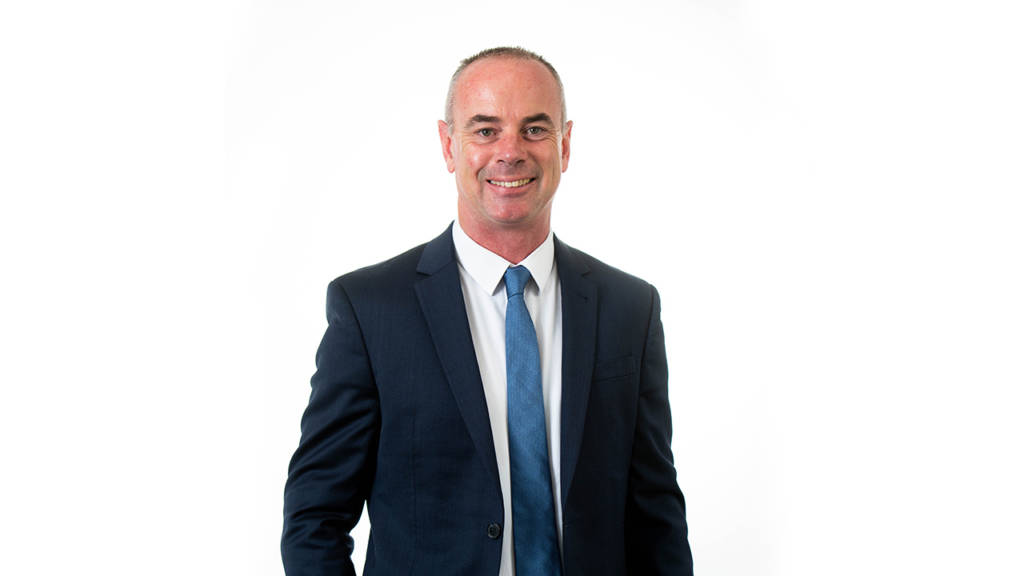
With affordability continuously declining, Mr. Adrian Kelly, REIA President, mentioned how policy needs to be changed to give assistance to first home buyers. “If policy settings fail to change and without a boost to household disposable incomes through, for example, tax concessions for first home buyers, affordability is likely to get worse as interest rates rise,” he said.
In another report from Genworth Lenders Mortgage Insurance, 73% of first home buyers are more likely to embrace the ‘now or never’ approach to homeownership. 77% of them agreed that the type of home that they’ll purchase won’t be an issue so long as they can enter the market and own a property.
Similarly, an annual uplift of 7% among first home buyers targets more affordable properties outside of capital cities. As many might see this as a missed opportunity to live within proximity, John sees this positively as they try to throw away old perceptions of certain areas.
“Inevitably, the positive response is that when you do start to see homeownership and people living in that property, you get positive gentrification where they have much more vested interest in transforming that suburb to have a good name for itself. So, 15-20 years from now, they will be seen as ‘forward thinkers’ because they’ve bought in an area before anybody else wanted to. History would show that by people moving and buying into areas which are less desirable, now will work in their favour in the long run.”

So, for everyone who is planning to purchase a property for the first time, as an experienced practitioner, here’s John’s message:
“Think long term. Because many times, in our first time, we come with a really long checklist of everything we want for our first house. But we have to remember that our first home never has to be our last home. It’s okay to sacrifice some of the things you want today so that 15-20 years from now, you can have what you really really want. Yes, it’s challenging at the moment, but don’t be disheartened.”
“Just always remember that your first home never has to be your last home.”
For the full report, you may visit: https://reia.asn.au/media-release/

